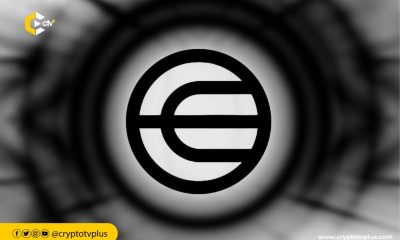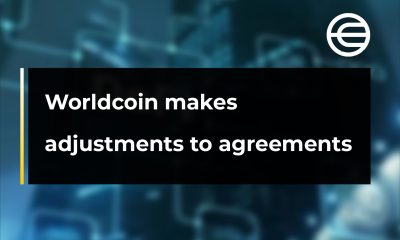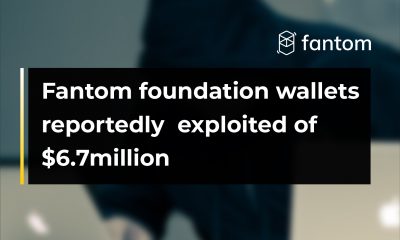News
Worldcoin Devs Enable Permissionless EVM Chain State Bridges

Worldcoin gains ground in the digital space with new development that allows integration with EVM-based blockchains.
Developers working on Worldcoin have implemented critical changes to the project’s state bridges, ushering in a new era of permissionless integration on EVM-compatible chains.
These changes empower individuals and teams to create and operate their state bridges, enabling the seamless integration of World ID with their preferred blockchain and applications.
Worldcoin is a cryptocurrency project that aims to provide a unique digital identity to be used globally and a global currency via Worldcoin tokens.
The project seeks to address income inequality through a unique World ID that proves that someone is a person and not some form of bot or AI.
Worldcoin is decentralized, like other cryptocurrencies, which means the decisions are made by users and not a centralized entity.
The project took two years to develop and is built to be open-source. The Worldcoin project aims to help create a global economy for all, regardless of country or economic status.
World ID Compatible on EVM-based Chains
A breakdown of the adjustment of the Worldcoin infrastructure shows that there is a gateway for a wide range of innovative applications by enhancing the synergy between World ID and various blockchain platforms.
The World ID is structured as a Merkle tree on the Ethereum network, with each leaf representing a unique identity. This Merkle tree’s root plays a vital role in creating and validating Zero-Knowledge Proofs (ZK proofs), thereby facilitating a privacy-preserving identity framework suitable for a diverse range of applications.
In comparison to the previous state bridge architecture which has challenges such as a reliance on permissioned access for root propagation and inefficient gas usage, the updated state bridge design addresses these issues effectively.
It adopts a modular and permissionless approach, separating the processes of identity insertion and root propagation.
The impact is that individuals can deploy their state bridges for blockchain networks that are not yet supported by Worldcoin.
This capability extends the proof-of-personhood concept to any EVM-compatible chain, creating a broad spectrum of possibilities for identity verification.
Worldcoin also added that developers can bridge World ID to any EVM-compatible chain using Optimism’s CrossDomainMessenger, Scroll’s ScrollMessenger, and Arbitrum’s Inbox.
It added that the target chain must be EVM compatible and support Pairing (ECC) and keccak256 EVM precompiles.
While Worldcoin has received several backlash related to unclear data usage and investigations from Argentina, the UK, France, and Kenya, the updated state bridge architecture opens up new possibilities for integrating World ID into the broader blockchain ecosystem.
Read also; CertiK uncovers major flaw in Worldcoin’s Operator verification process
























